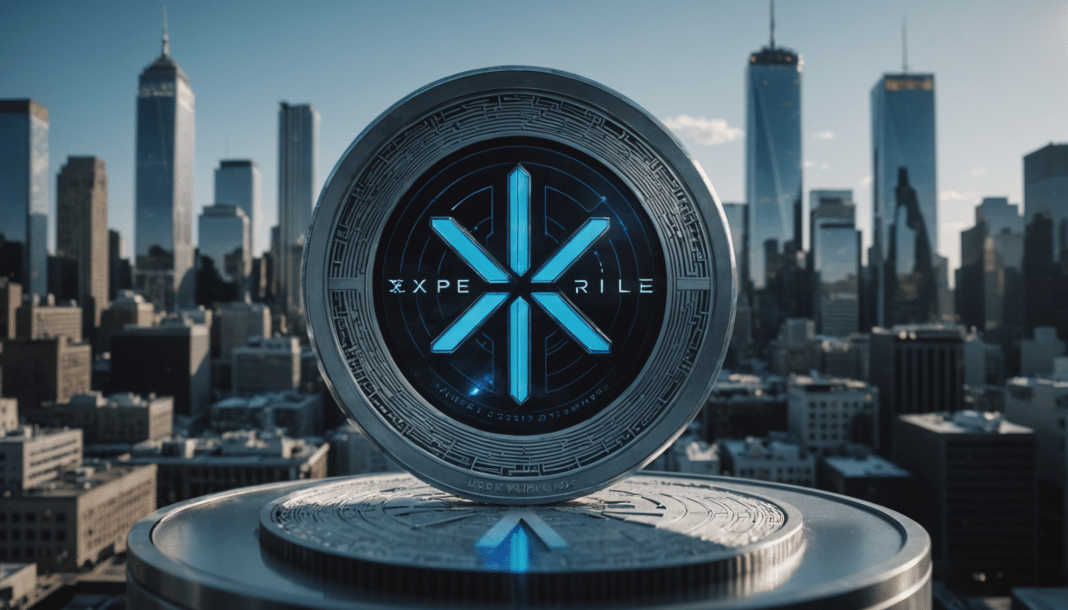What to Know:
- XRP is diversifying its applications by embracing DeFi products and real-world asset tokenization.
- The launch of mXRP, a liquid staking token, has initiated strong demand and increased XRP’s relevance in decentralized markets.
- The introduction of the Multi-Purpose Token Standard on XRP Ledger is set to accelerate tokenization of real-world assets.
As Ripple’s XRP enters a new phase of development, it is expanding its ecosystem to incorporate decentralized finance (DeFi) products and real-world asset (RWA) tokenization. This strategic move seeks to assign practical roles to the digital asset beyond cross-border payments, an evolution that could shape its future significance in global finance.
XRP DeFi expansion
The debut of mXRP, a liquid staking token established on XRP Ledger’s Ethereum-compatible sidechain, has elicited robust demand from holders. By staking their XRP through the Midas platform, investors are compensated with mXRP. This token can circulate across various DeFi protocols and may yield up to an 8% annual return.
The initial vault of 6.5 million XRP was filled in just hours, reflecting the keen interest in this product. This prompted an increase in the vault to 10 million tokens. By October 2, Axelar, the blockchain infrastructure company supporting this initiative, reported that the vault associated with mXRP had already risen to over $30 million.
Given the reported strong demand, the team has further expanded the vault to 20 million tokens. Considering XRP’s current market value of over $3, this would equate to more than $60 million. This enthusiasm indicates a broader desire for novel utility within the XRP ecosystem. Despite being one of the oldest assets in the crypto industry, XRP has often found it challenging to rival Ethereum and other chains in the DeFi space.
By introducing a liquid staking token, XRP is making strides towards bridging this gap. This move allows holders to utilize idle capital, thereby enhancing XRP’s significance in decentralized markets.
XRPL RWA tokenization
In addition to DeFi innovation, developers are equipping the XRP Ledger (XRPL) with supplementary tools designed for regulated institutional activity. Most noteworthy is the Multi-Purpose Token (MPT) Standard. This standard aims to streamline the tokenization of real-world assets while incorporating compliance safeguards directly at the protocol level. Consequently, XRPL is among the top 10 blockchain networks for RWA activities.
Martins Hiesboeck, head of research at Uphold, suggested that the MPT signifies a “strategic leap into institutional finance.” The token standard includes built-in provisions for asset freezing, fund clawbacks, and identity-based access controls. These features allow issuers to adhere to sanctions, counteract fraud, and limit transfers to verified holders without relying on custom smart contracts.
These standards facilitate the swift creation and management of tokens, reducing operational risk and expediting time to market. Furthermore, they utilize XRPL’s key strengths, including three-to-five-second finality, low fixed transaction fees, and a highly secure, battle-tested network.
Hiesboeck elaborated that each operation, issuance, transfer, or management incurs a small fee in XRP, which is subsequently burned, gradually diminishing the circulating supply. In addition, issuers must secure a reserve of XRP for every new ledger object, tightening token availability even further.
“This utility model is a key strategic pivot, shifting the XRP valuation narrative away from pure speculation and toward a mathematically quantifiable model based on verifiable, high-throughput global financial activity. The MPT standard strategically positions the XRPL as the leading secure and compliant institutional blockchain for the future of tokenized finance.”



